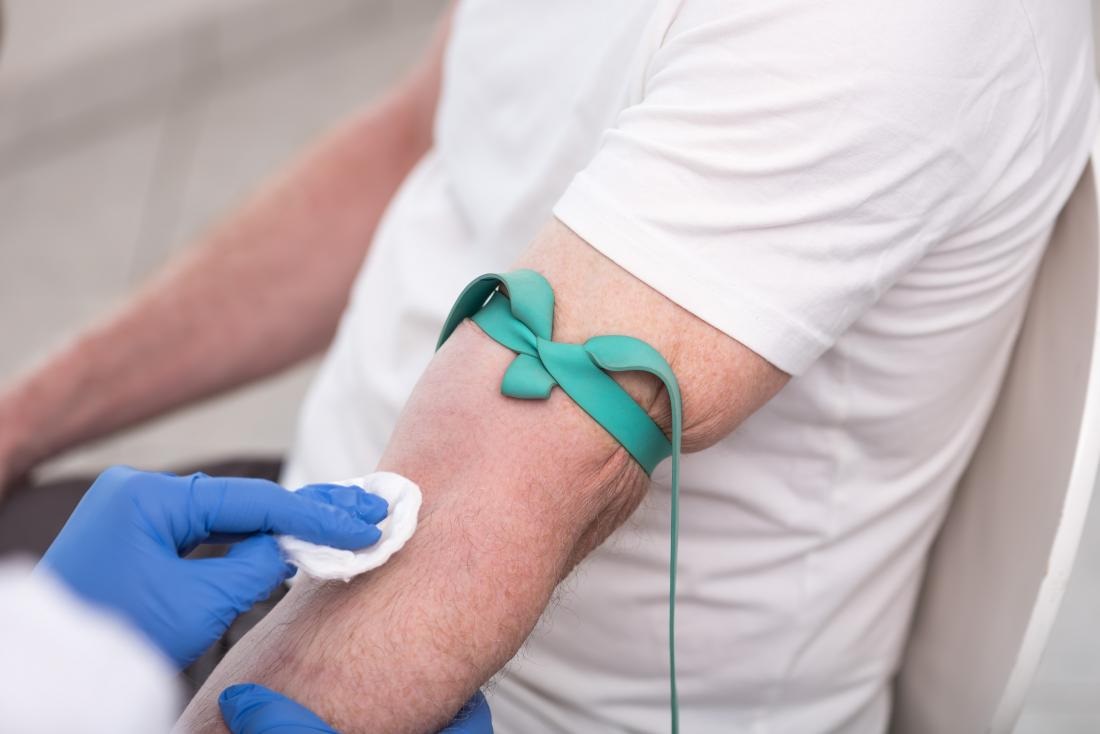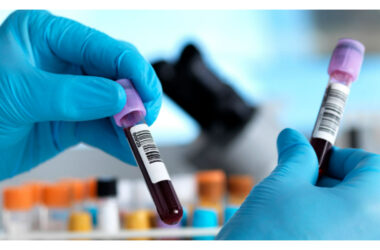A lipid profile test is another name for a cholesterol test. Cholesterol is a form of fat that is actually very important for our body but when it’s present in excess or extremely low quantities various cardiovascular health issues may arise in an individual. There are different types of cholesterol in our body, while some are good, some are bad for our health. High amounts of bad cholesterol or low amounts of good cholesterol both can increase the chances of you encountering cardiovascular conditions.
Lipid profile is important and is a part of nearly all yearly regular checkups as there are no indications that our bodies show when we are suffering from bad or high cholesterol. An individual with high cholesterol may be susceptible to strokes or heart attacks and they would be unable to pinpoint the reason until after the incident.
Bad cholesterol causes clotting and blockages in arteries which then ultimately leads to serious health conditions, and this is precisely why you should get your lipid profile done at least once a year.
What is a lipid profile test?
- A lipid profile is a combination of different tests. These tests together measure the presence of different types of lipids in our systems. Their levels allow a medical professional to accurately diagnose an individual.
- The test covers the aspect of total cholesterol. Total cholesterol level is the complete overview of an individual’s cholesterol levels.
- Low-density lipoprotein is commonly known as bad cholesterol, this is another factor that is considered and measured in a lipid profile test. These bad cholesterols are the primary reason why an individual suffers from poor heart health.
- High-density lipoprotein is commonly known as good cholesterol. These good cholesterols are needed by our body, and they also prevent the accumulation of bad cholesterol in our body.
- Triglycerides are a type of fat that is found in our bodies. When this fat is present in excess quantities it can lead to cardiovascular health problems. This type of fat is also measured in a lipid profile.
Who should get the test done?
Medical professionals suggest that a lipid profile should first be done on an individual when they are 9-11 years old. The test then should be repeated every 5 years or so to see if there are any changes. After reaching the age of 45 an individual should be subjected to the test every 2 years. People whose age is 65 and above should receive annual tests to make sure that there are no risks of cardiovascular diseases.
If your initial tests came out to be abnormal you may be advised to undergo more frequent tests by your doctor. People with underlying health issues or conditions which are contributing to heart problems can also be advised to undergo more frequent tests.
Risks of a lipid profile test:
The test is one of the safest tests you can opt for and there are rarely any complications attached to it. An individual might feel some soreness around the area where the blood was drawn out but that is always to be expected in tests that involve taking out blood from the body. Very rarely the site in the body where the needle was injected might get infected if it happens be sure to consult a medical professional at the earliest.
What you should do about abnormal lipid levels:
- Your medical professional might prescribe you drugs that can help in lowering cholesterol levels in your body. Other than that, the primary change that you should aim for is lifestyle changes. Lifestyle changes would include various aspects such as diet, exercise, and even your sleeping schedule.
- Cutting saturated fat out of your daily life is one of the most proficient ways to bring down cholesterol levels. The individual should adopt the consumption of simple carbohydrates and fats in their daily meals.
- Trans fat is a big no and should be avoided by the individual at all costs. Any amount of trans fat could prove to be very unhealthy for individuals who are already suffering from bad cholesterol. If you want your lipid profile to reflect in a positive light be sure to cut all trans-fat from your diet.
- Changes in lifestyle will play a major role in the road to recovery. People are encouraged to indulge in daily exercise and should aim for fat loss. Giving your body enough rest and developing a healthy sleeping pattern can also help an individual.
- Lastly, if the individual has a habit of smoking cigarettes, they should seek help and try to cut them out of their lives completely. Cutting out the smoke from your lives will lead you to become healthier.
Do you need to fast before the test?
The answer to this commonly asked question is no, one doesn’t need to fast before going in for the test lipid profile. While some experts have argued that more accurate results are displayed if the individual has fasted there is no concrete scientific proof behind this.
Lipid profile is an important test that should be carried out yearly in adults. Heart health is of the utmost importance and hence the test should be taken lightly. Bad cholesterol could lead to higher chances of you having a stroke or suffering from a heart attack. Be sure to consult your doctor and go for a regular lipid profile test, the results of the test would be explained to you by your doctor.
















